Digital art isn’t just a new tool; it’s a seismic shift. It’s redefining the relationship between creator, medium, and audience. Whether through algorithm-driven installations or …
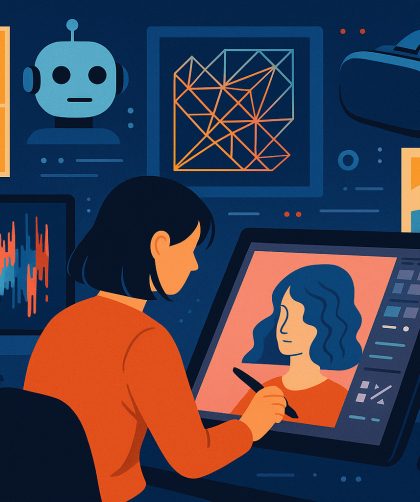

Digital art isn’t just a new tool; it’s a seismic shift. It’s redefining the relationship between creator, medium, and audience. Whether through algorithm-driven installations or …
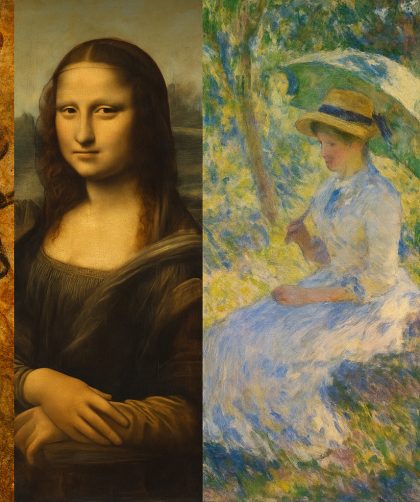
Painting didn’t begin in galleries or on museum walls. It started deep in caves, with soot and minerals pressed into stone. What began as primal …
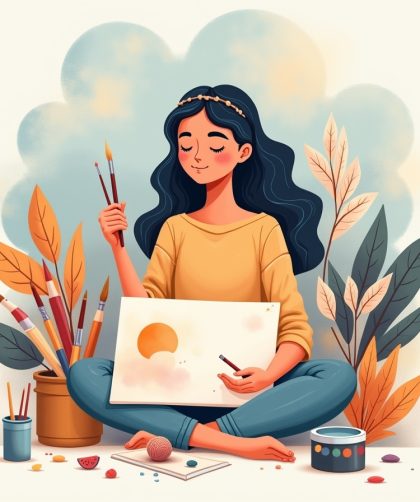
Stress builds up in daily life, affecting focus, mood, and overall well-being. Engaging in artistic activities provides a natural outlet for releasing tension and fostering …
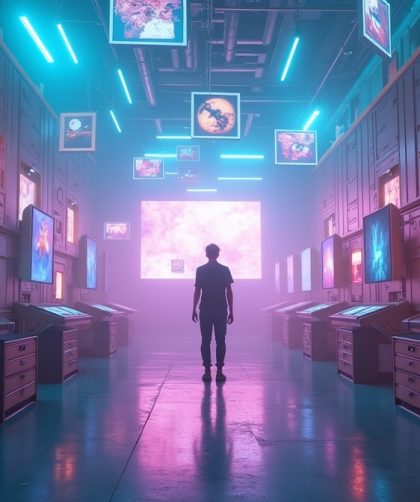
Digital preservation ensures that artwork remains accessible, protected, and visually intact for years to come. Whether working with digital illustrations, traditional paintings scanned for online …
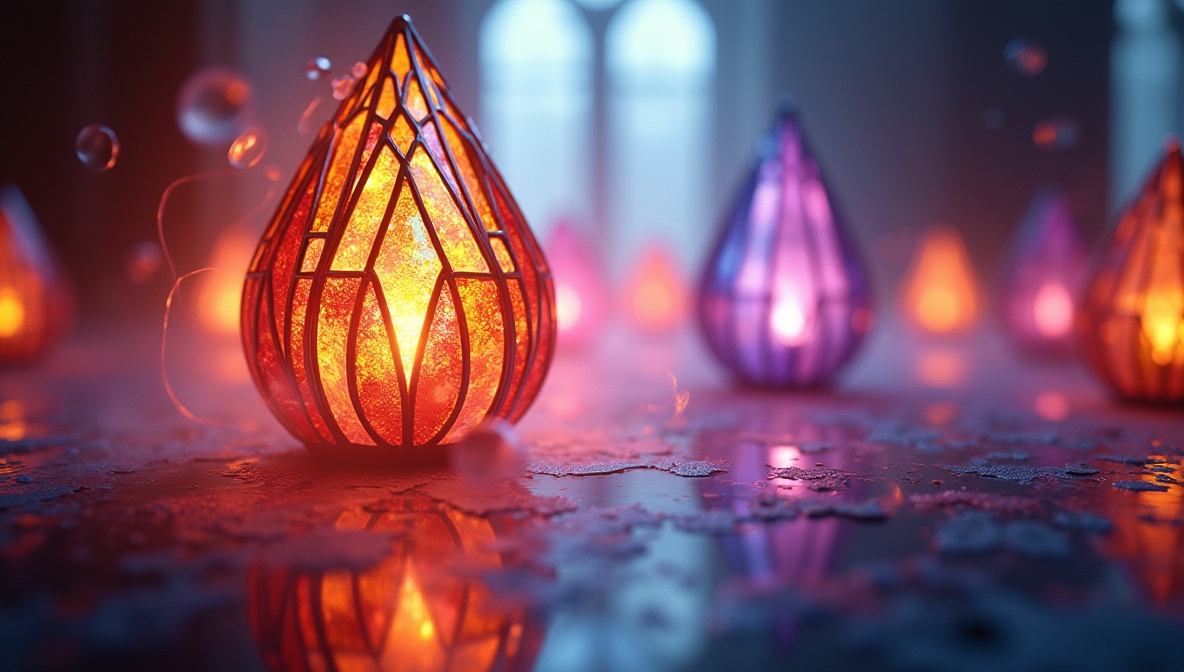
Stained glass transforms ordinary light into a spectrum of vibrant hues, turning windows into intricate tapestries of storytelling and symbolism. This centuries-old craft continues to …
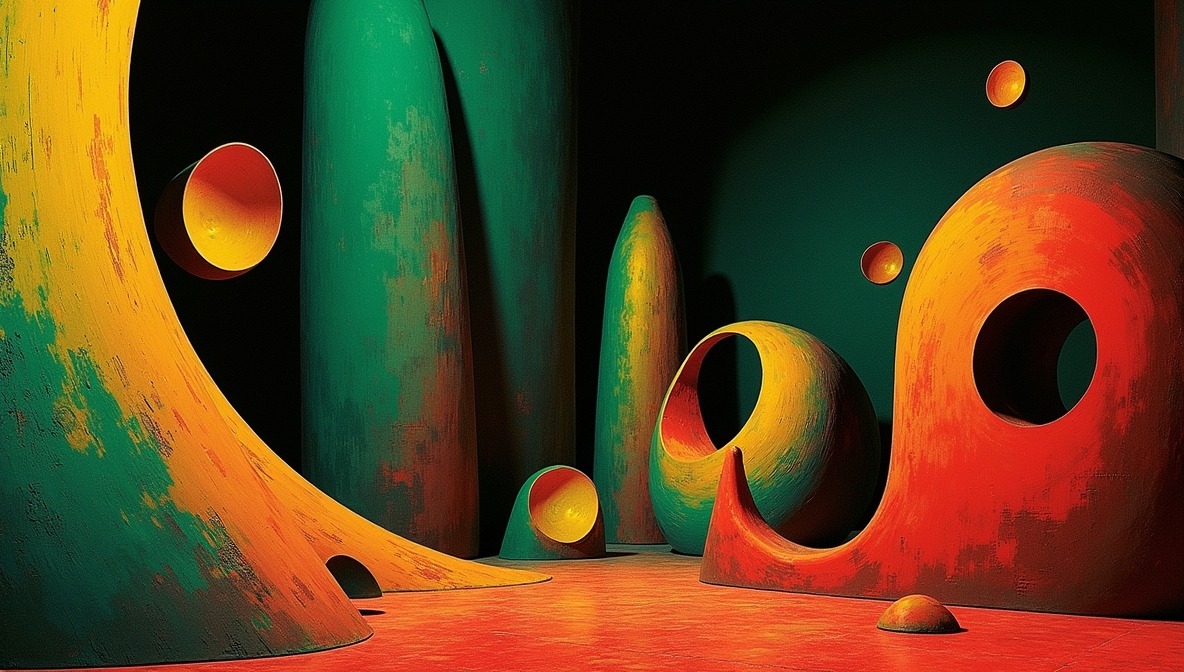
Avant-garde movements have challenged artistic conventions, introduced radical ideas, and reshaped the way art is created, perceived, and experienced. From Dadaism’s rebellion against reason to …
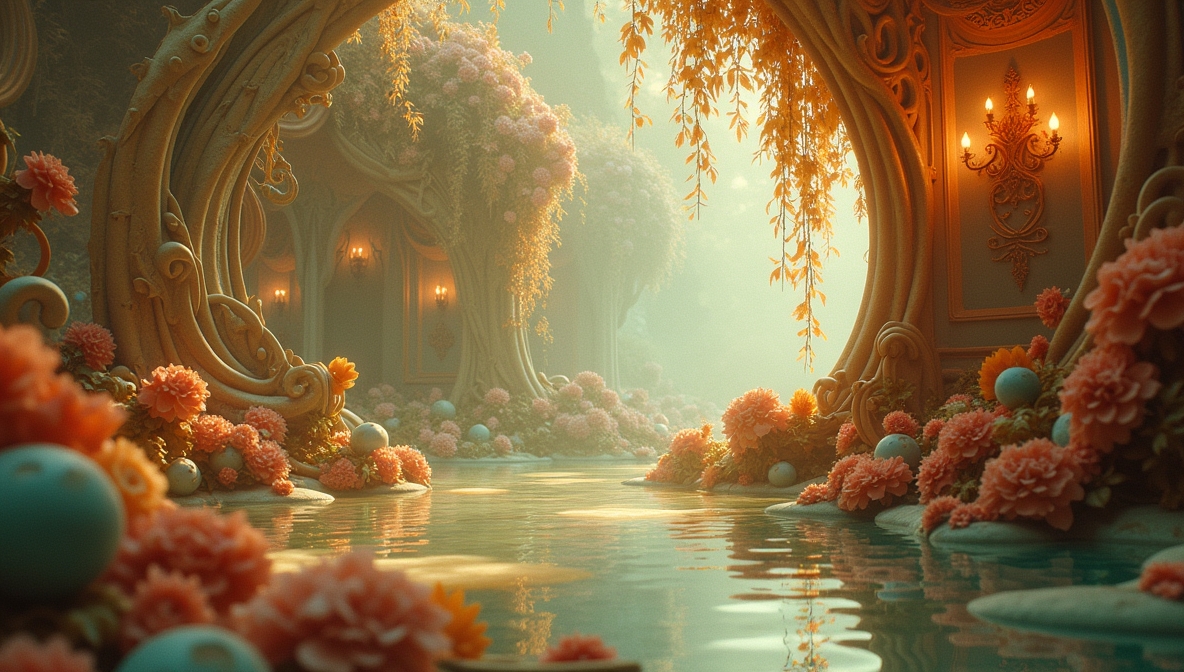
Art Nouveau reshaped decorative arts with its fluid lines, organic motifs, and intricate craftsmanship. It blurred the boundaries between fine and applied arts, bringing artistry …
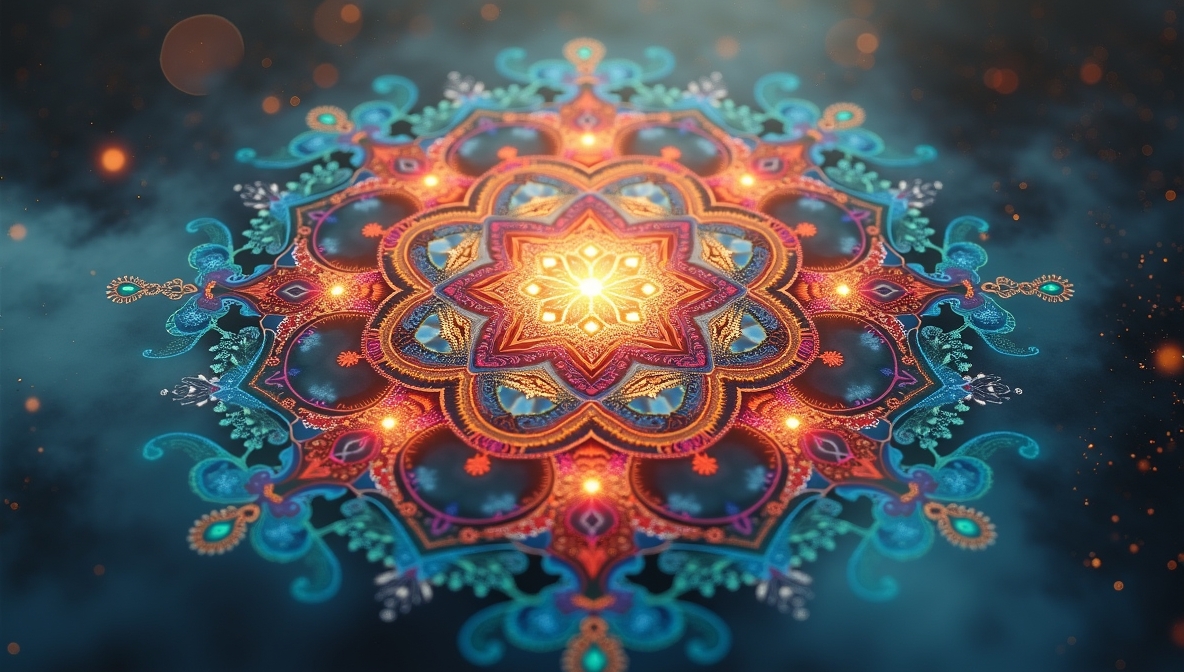
Mandalas represent the universe, inner harmony, and the interconnectedness of all things. In Buddhist traditions, they serve as visual tools for meditation, guiding the mind …
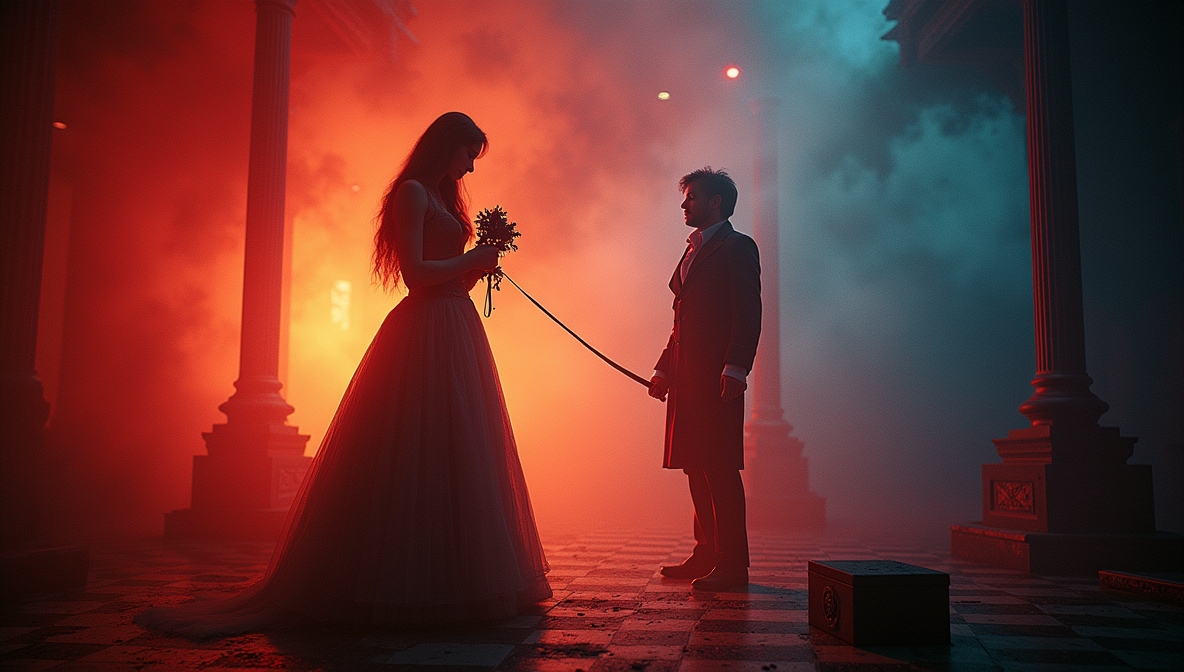
William Shakespeare’s influence on modern storytelling remains unmatched. His works continue to shape narratives across literature, film, theater, and television. His mastery of character, plot, …
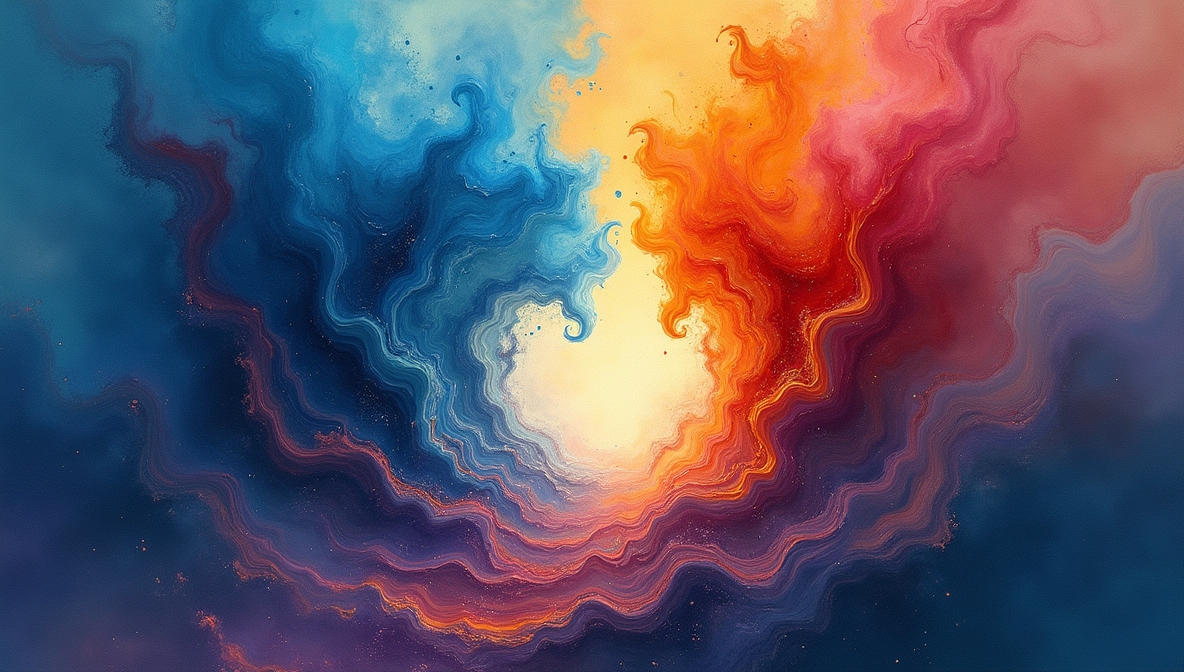
Artists often face a choice between watercolor and acrylic. Each medium offers distinct qualities, techniques, and artistic effects. The best choice depends on style, experience, …